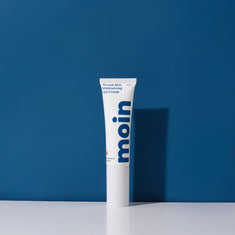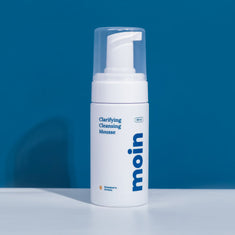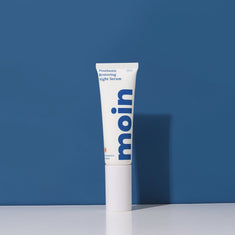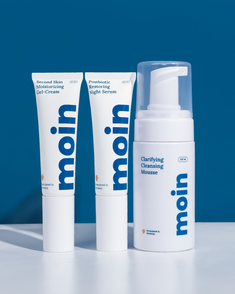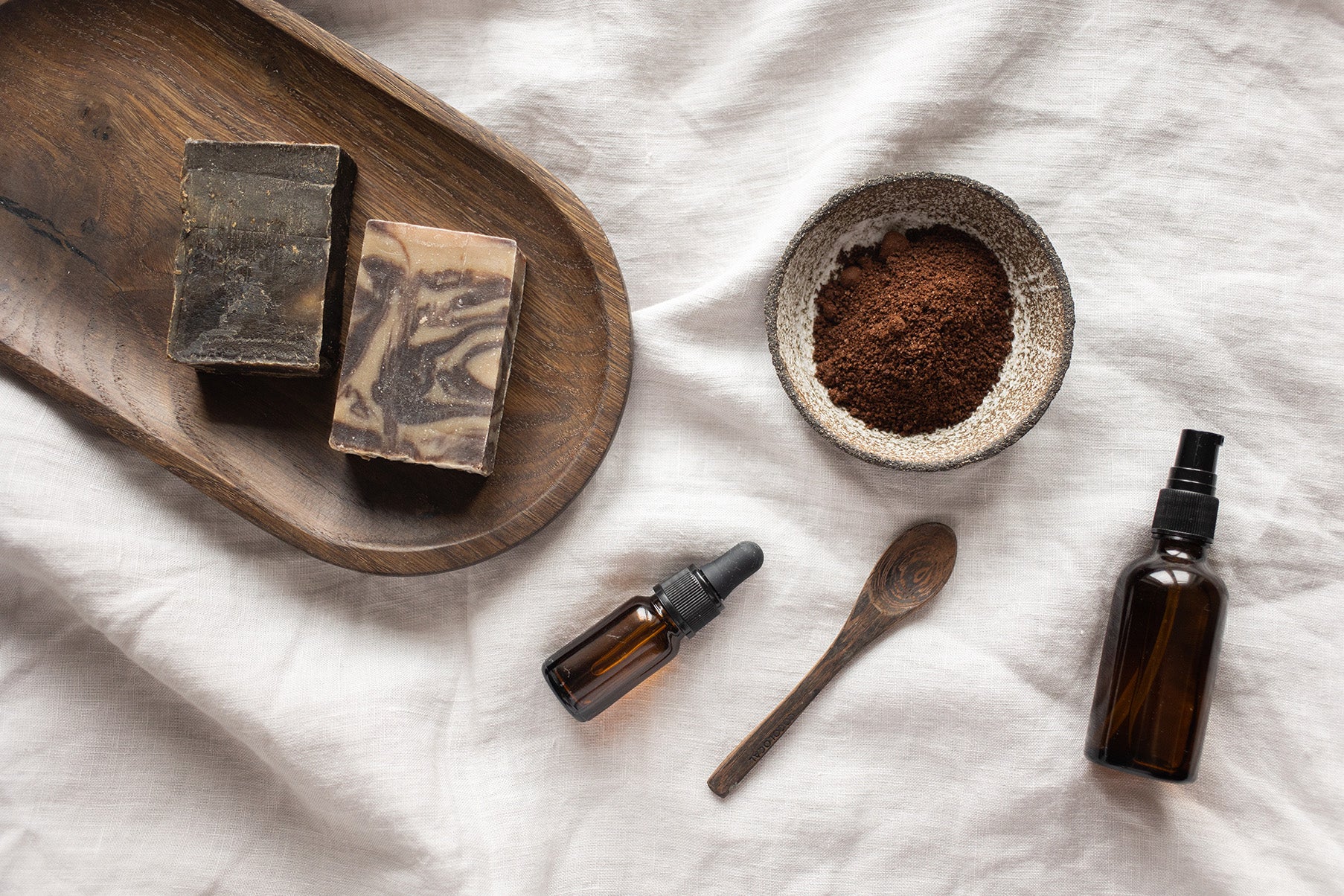Upcycled Beauty
Global warming, pollution and contamination of many resources are threatening our planet in a very dangerous way. The world is changing and these changes are happening more rapidly than ever. Now more than ever, action is needed to help solve the problem.
The first step in being more sustainable is understanding what sustainability means in for us. As complex as it is, sustainability can mean different things to different people.
Sustainability in cosmetic industry
There are 120 billion units of packaging produced every year by the global cosmetics industry. Some of ingredients used in cosmetic products like oxybenzone may be harming aquatic species including coral, plankton and fish. The use of palm oil for a lot of cosmetic ingredients leads to rapid deforestation. Consumers have become aware of the environmental impact of their action. While they want to take care of their skin and enhance their appearance, they do not wish to contribute piling up the landfill or disrupting the ecosystems.
From indie brands to major and more established companies, they enthusiastically responded to this particular consumers’ desire and tried to rethink how they source, produce, package and ship products, e.g. producing water-less formula, using recyclable materials and creating efficient product design to avoid unnecessary packaging. Larger cosmetics and personal care firms are taking a more systematic approach to sustainability by measuring energy usage, waste and carbon footprint. In an effort to reduce the impact on the environment, brands must constantly find new ways and innovation to create a more eco-conscious product for their consumers. After all, sustainability is a complex topic and there is no clear-cut solution
Using food waste to reduce environmental impact
Another way to move towards sustainability which is now being implemented is to make use of food waste or by-product from food industry to create an ingredient for their beauty product, a concept called upcycled beauty.
Food waste has also become one of the major concerns in countries all over the world. According to Food and Agriculture Organization of the United Nations, 1/3 of food is lost or wasted globally throughout the supply chain from initial agricultural production all the way to final household consumption, which amounts to about 1.3 billion tonnes per year.
Not only that it is an ethical and economic problem, food waste also has an environmental impact as it generates about 8% of Global Greenhouse Gas Emissions and accounts for 25% of global fresh water consumption.
Below are some of the example of food by-products, which can be used in cosmetic products:
Aquafaba
Due to the increase of vegan and vegetarian lifestyle and therefore its food products, we started to see a lot of alternative to substitute animal derived food ingredients like dairy and eggs. Aquafaba is one of them.
Aquafaba is obtained by separating the viscous liquid from canned or pressure-cooked chickpea. It has high moisture content and contains fiber, heat-stable proteins, saponin and phenolic compounds.
In the cosmetic industry, aquafaba can be used in various products such as lotions, creams, balms, shampoos and sunscreen to help emulsify the formula and create a smooth texture for the product.
Coffee ground
Coffee is one of the most popular beverages in the world with over 2.25 billion cups of coffee consumed every day. Imagine how many tonnes of coffee waste are produced globally? With this in mind, people have come up with different solutions and initiatives to utilize used coffee ground, for example as compost, insect repellent, odor neutralizers and there are even companies who created a whole coffee cup using this leftover.
As for cosmetic industry, used coffee ground can be used as peeling. Antioxidants contained in coffee such as caffeic acid and phenols, offer some benefits to the skin. They may boost collagen levels and therefore reduce the appearance of cellulite. Coffee also has anti-inflammatory properties thanks to chlorogenic acid. Beside key ingredient used coffee grounds can also be used as cleaning agent and emulsifier.
Blueberry seed
In most fruits and vegetables, only the flesh or pulp is consumed, and they generate up to 30% of waste materials which are usually not further used. For example, in the juice production, the industry produces around 5.5 million metric tonnes of waste and some people therefore use these materials as compost or animal feeds.
Numerous studies have revealed that the unconsumed parts of fruits and vegetables contain many essential nutrients such as fibers, phytochemicals and phenolic compounds. Blueberry for instance is considered as superfruit and packed with antioxidants. The seed of blueberry, which is usually discarded during the juicing process, can be used as active ingredient in skin care products. It contains not only antioxidants but also omega-3 and omega-6 fatty acids, which can maintain skin elasticity and help protect the skin from free radicals.
Wheat bran
During the milling process of white flour, the protective layer bzw. grain’s bran and the germ are removed and either used in animal feed or discarded altogether. To minimize the food waste, we can utilize this material in beauty product. Not only as peeling, the extract from wheat bran can be obtained and used as emollient or humectant. It is rich in proteins, antioxidants and vitamins such as E and B.
Citrus peel
The industry that uses citrus fruit as one of their main materials produces major amounts of seeds and peels residues. As for orange juice production alone, it is estimated that the industry generates around 1 million tons of by-products globally each year. It’s important to note that these by-products, especially citrus peel, contains high quantity of phenolic compounds such as eriocitrin, hesperidin and naringin.
Citrus peel can be utilized to make essential oils or as skincare ingredients for its anti-bacterial and anti-inflammatory properties. It can help clear up the skin and reduce the sign of premature aging, thanks to the vitamin C and antioxidant content.
Grape skin
Grape is mainly used to produce wine. For every two bottles of wine made, there is one bottle of grape waste generated. This includes the seeds, stems and skins. The issue with the wine waste is that it cannot be used as compost because it does not degrade. Therefore, most of this waste ends up in landfill and it may be detrimental for the environment because it can cause water and soil pollution.
Grape skin has a potential to be utilized as a renewable resource. This material can be used as natural food preservative. Additionally, beauty brands can surely make use of grape skin in their formulation. Resveratrol, a compound extracted from grape skin is an antioxidant which can help protect the skin from damaging free radicals and environmental stressors.
